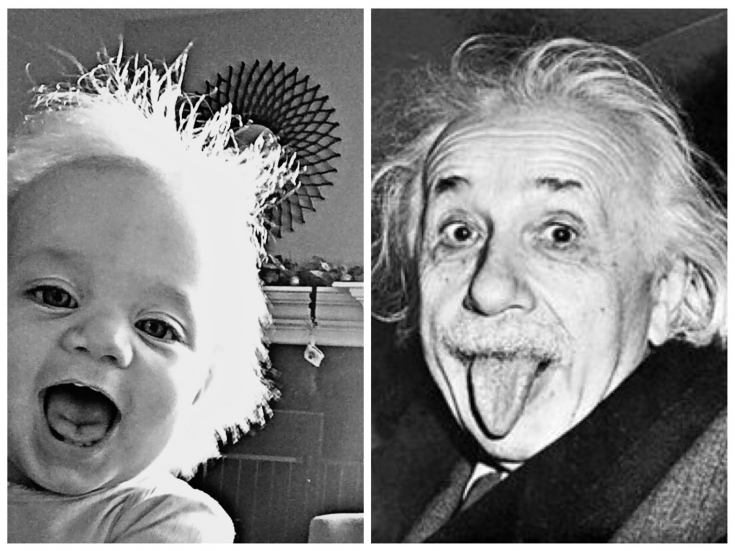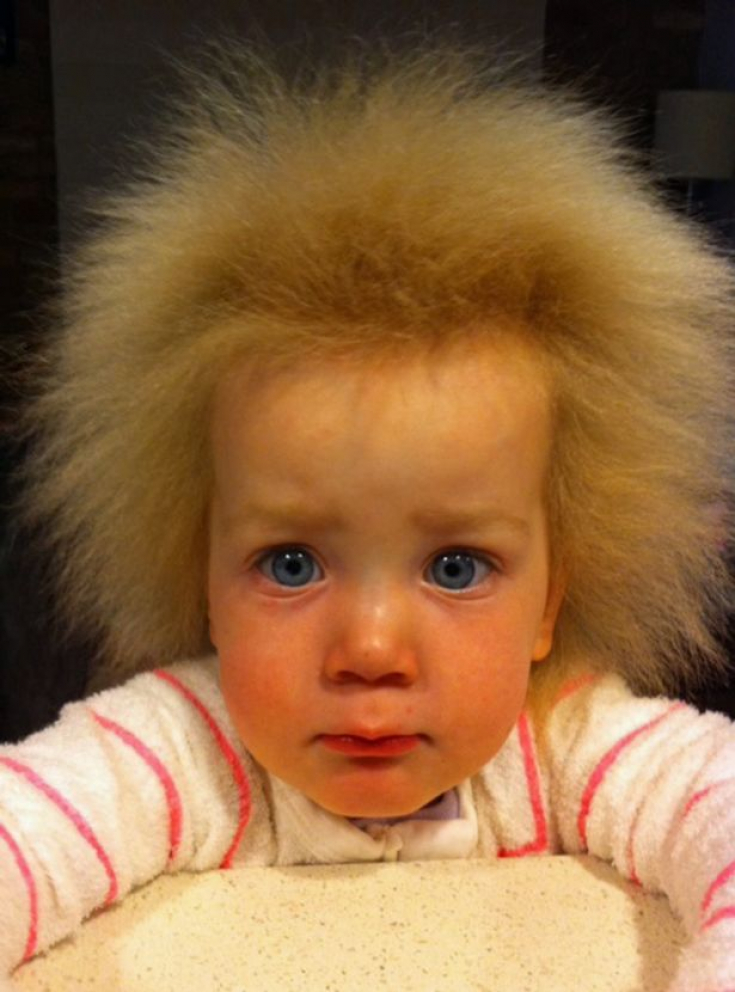This may seem like an excuse for poor hair care, but unkempt hair syndrome — Uncombable Hair Syndrome (UHS) is actually a real genetic disorder.
This rare genetic mutation results in silver-blonde or straw-coloured hair that is easily damaged and cannot be combed. As a result, the patient has curly, shiny hair that is impossible to style.
In the article estet-portal.com you will be able to read in detail the cause of such a genetic anomaly and the role of PADI3 in the development of a normal hair shaft structure.
Uncombed hair syndrome as a manifestation of the pathological structure of the hair

Some have suggested that the — this is what influenced the appearance of Albert Einstein's hair, however this idea has never been tested (besides, he was still a bit messy and his hair didn't look like this when he was young).
However, about 100 people who are estimated to have the syndrome actually have hairstyles similar to those captured in the photo of the scientific genius.
Follow us on Instagram
These patients have a rare genetic mutation in PADI3, which is one of three genes, including TGM3 and TCHH, associated with unkempt hair syndrome. All of these genes code for enzymes that help form the hair shaft.
However, when these genes mutate, the hair shaft does not develop as usual. In about half of people with unkempt hair syndrome, the hair shaft is grooved throughout its length and may be heart-shaped or triangular, but not round/oval.
A certain combination of the genome of the parents is a condition of pathology

These features can turn a child's hair into a sort of "White African", but the basic structure of the hair is actually different from the tightly twisted strands responsible for the texture of black hair.
Because the condition is recessive, people with unkempt hair syndrome are those who inherit two copies of the gene mutation, one from each parent.
Although the recessive gene is no doubt rare, according to the National Institutes of Health (NIH), cases of UHS appear to be underreported.
Because some people with unkempt hair syndrome outgrow the symptoms as they get older, the condition can easily go unnoticed.
Thus, unkempt hair syndrome, also known as Pili trianguli et canaliculi, vitreous hair, and Struwwelpeter syndrome — is a rare structural hair anomaly that usually appears between the ages of 3 months and 12 years.
Thank you for staying with estet-portal.com. Read other interesting articles in the "Experts" section.
Perhaps you are interested in The use of the dermaroller in the treatment of alopecia







Add a comment